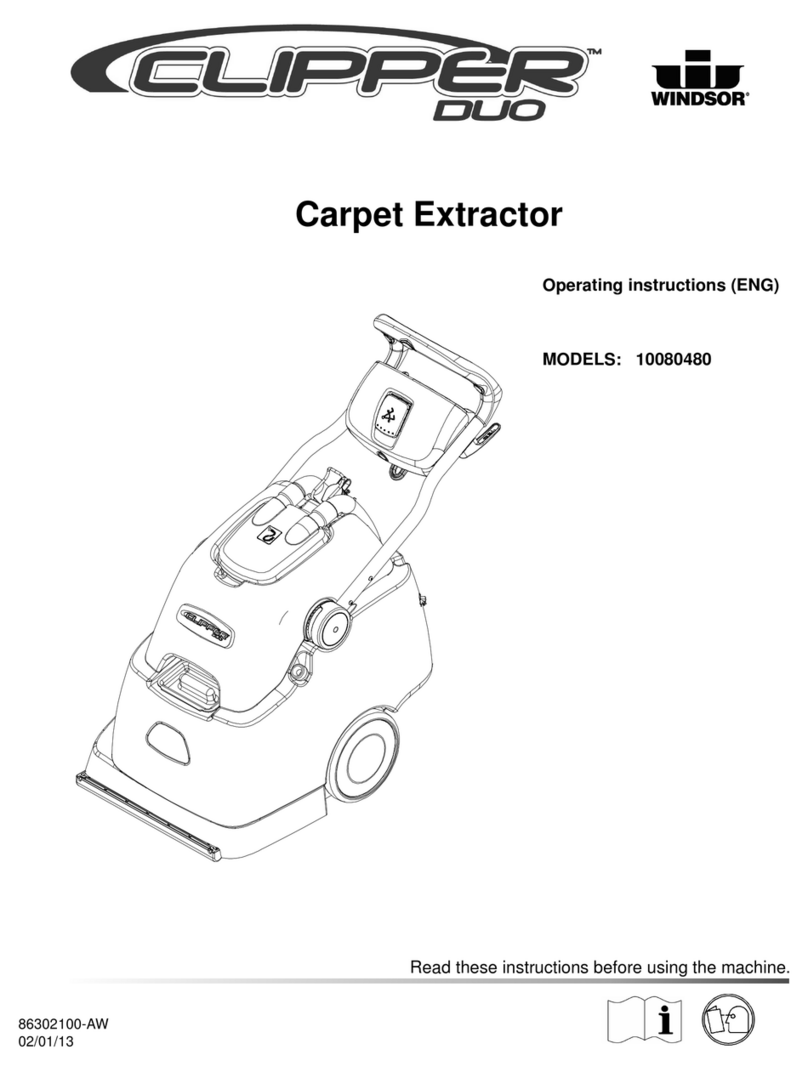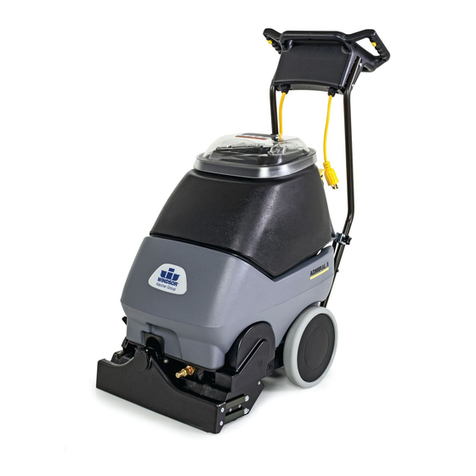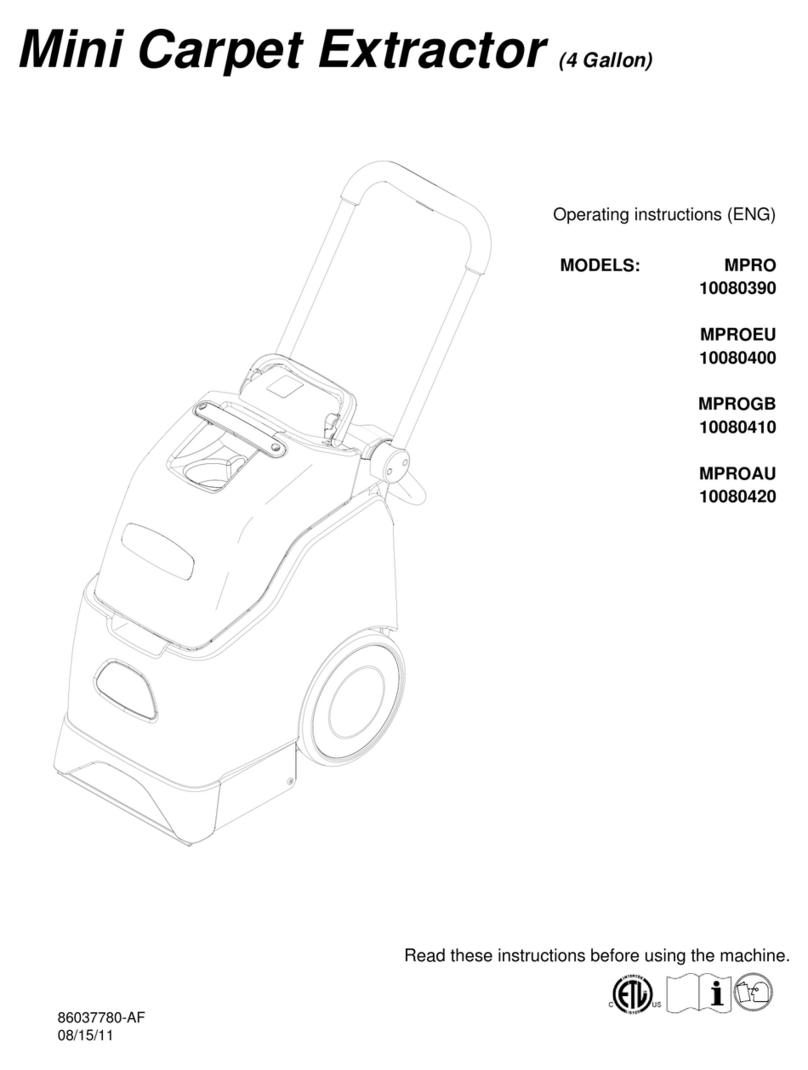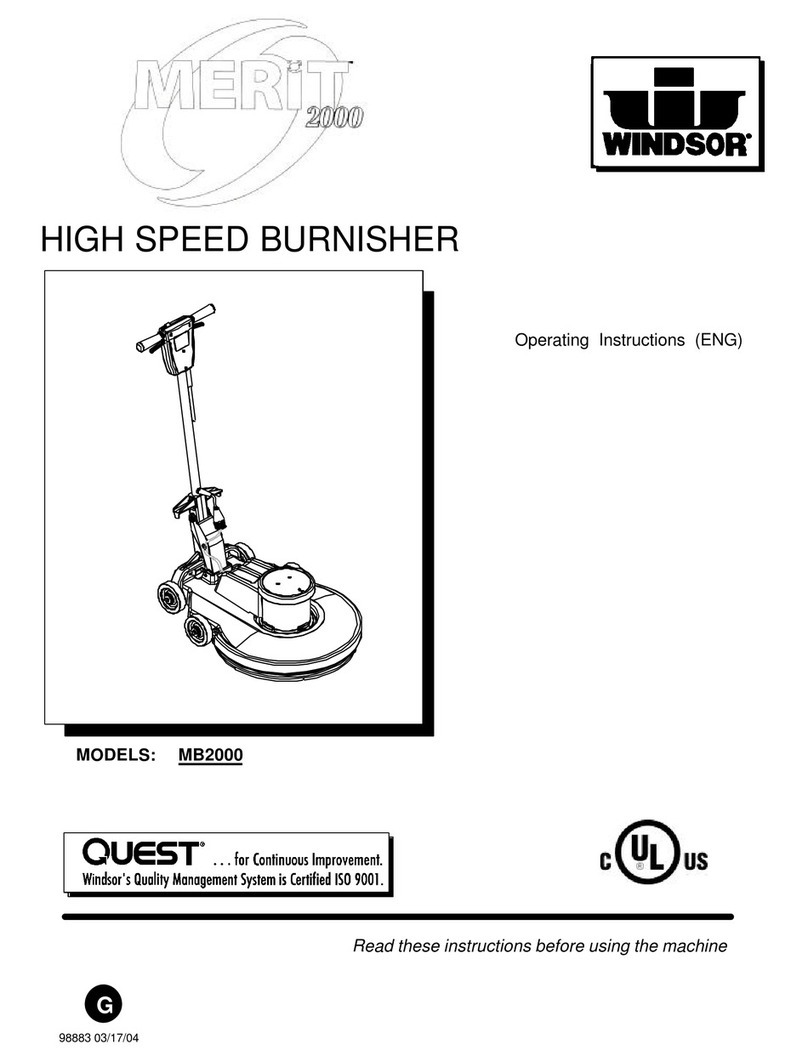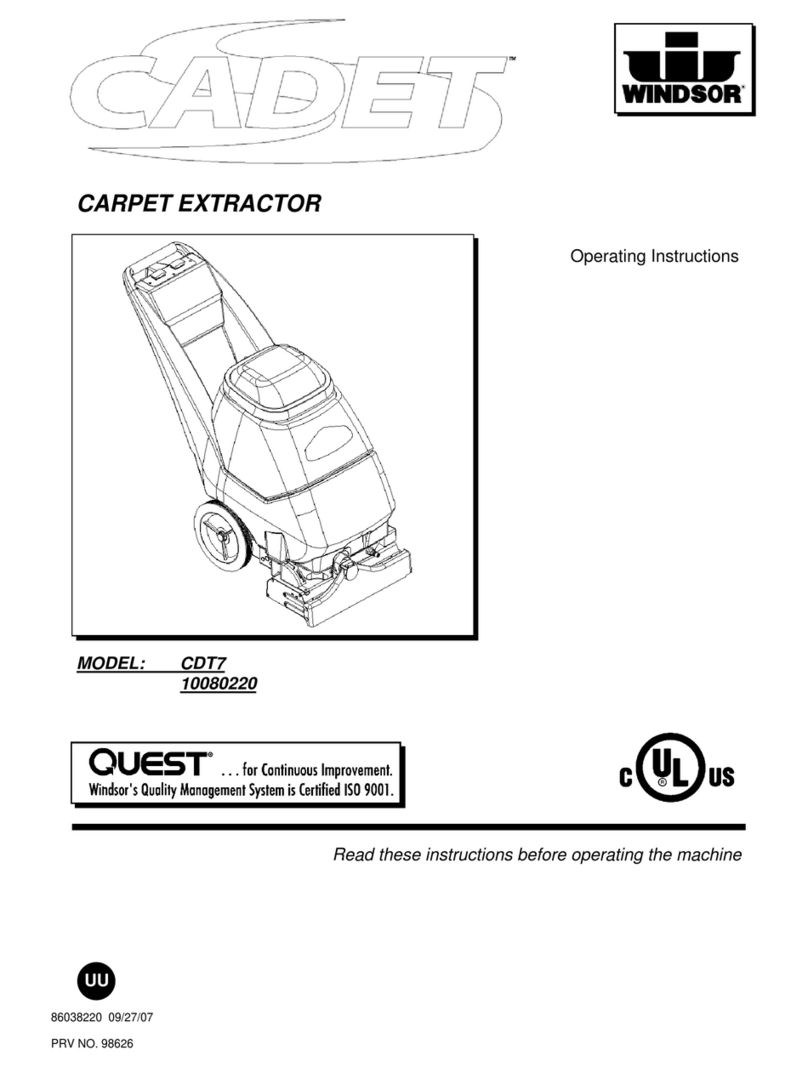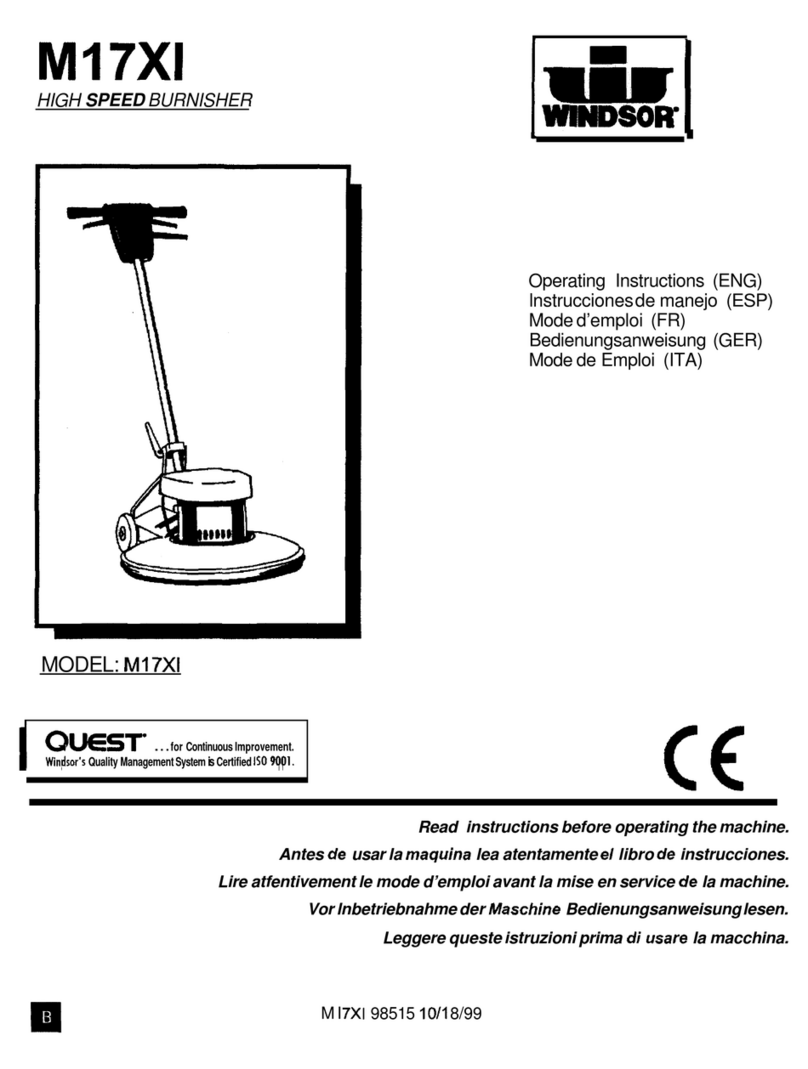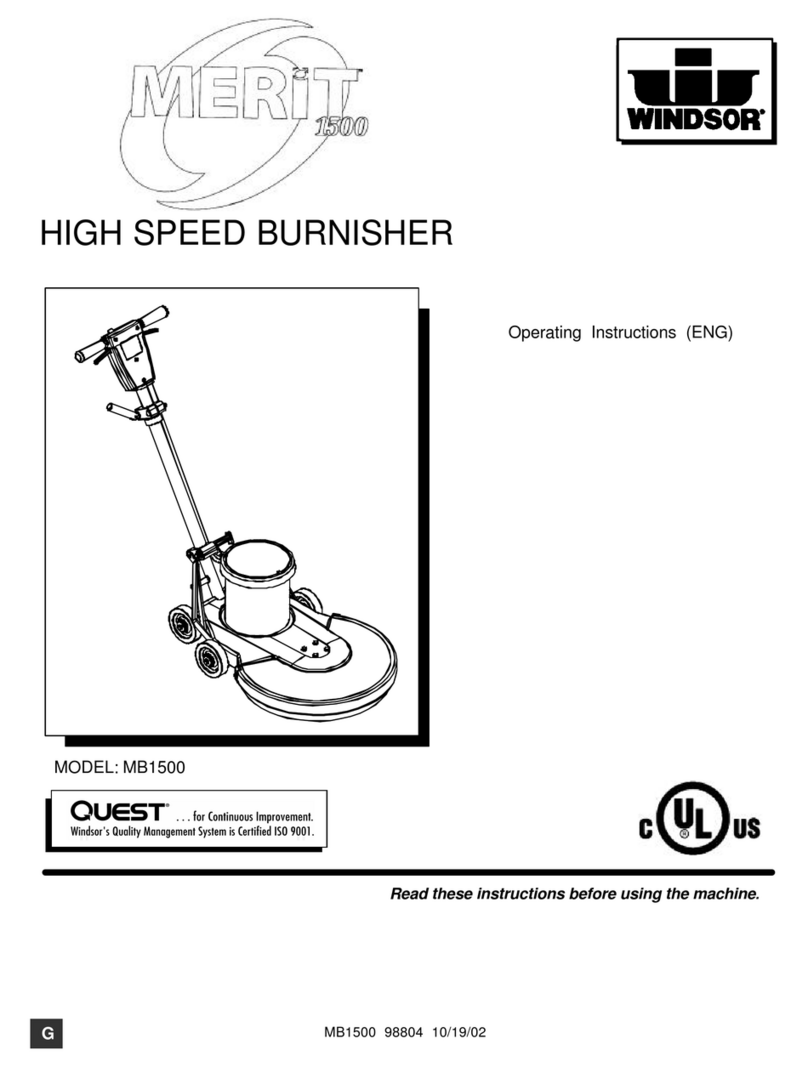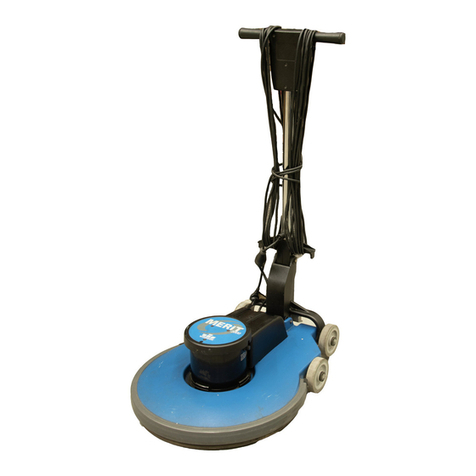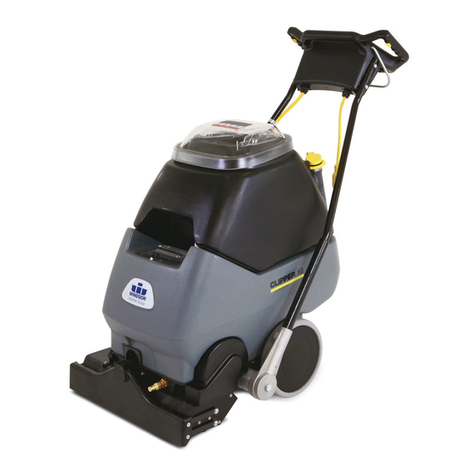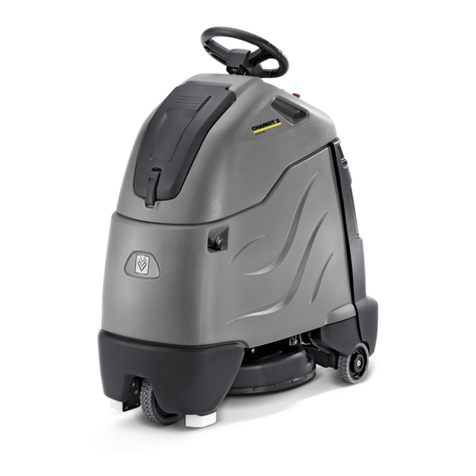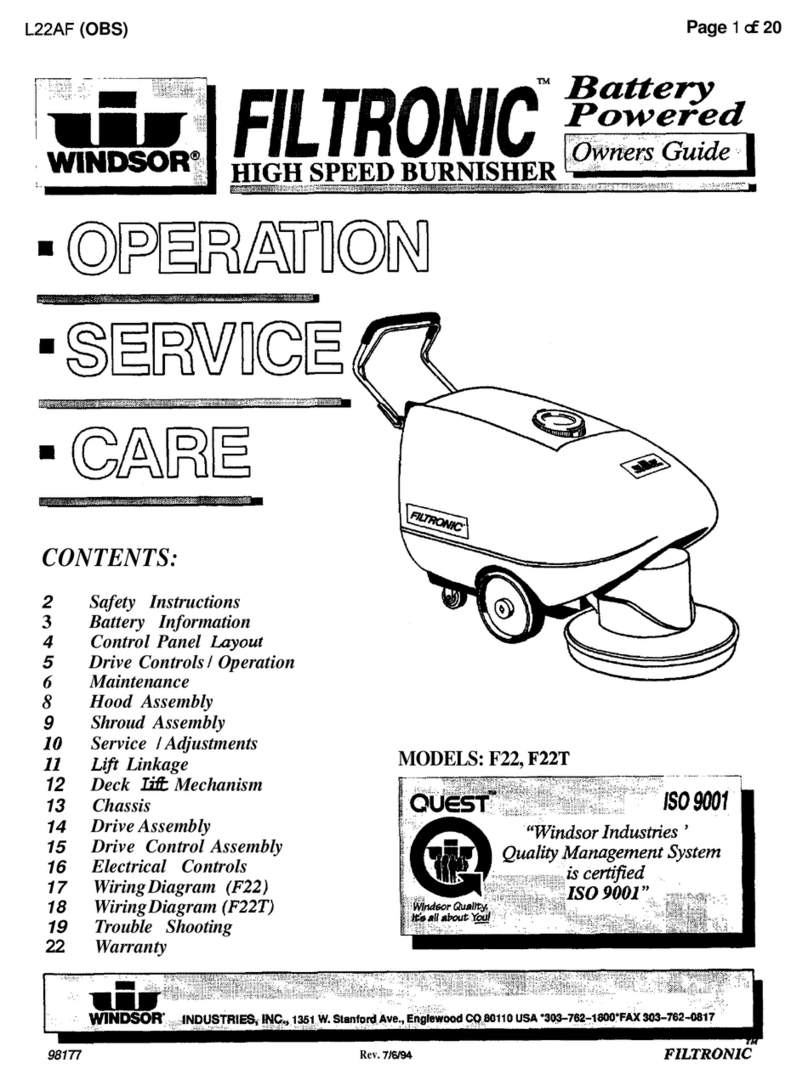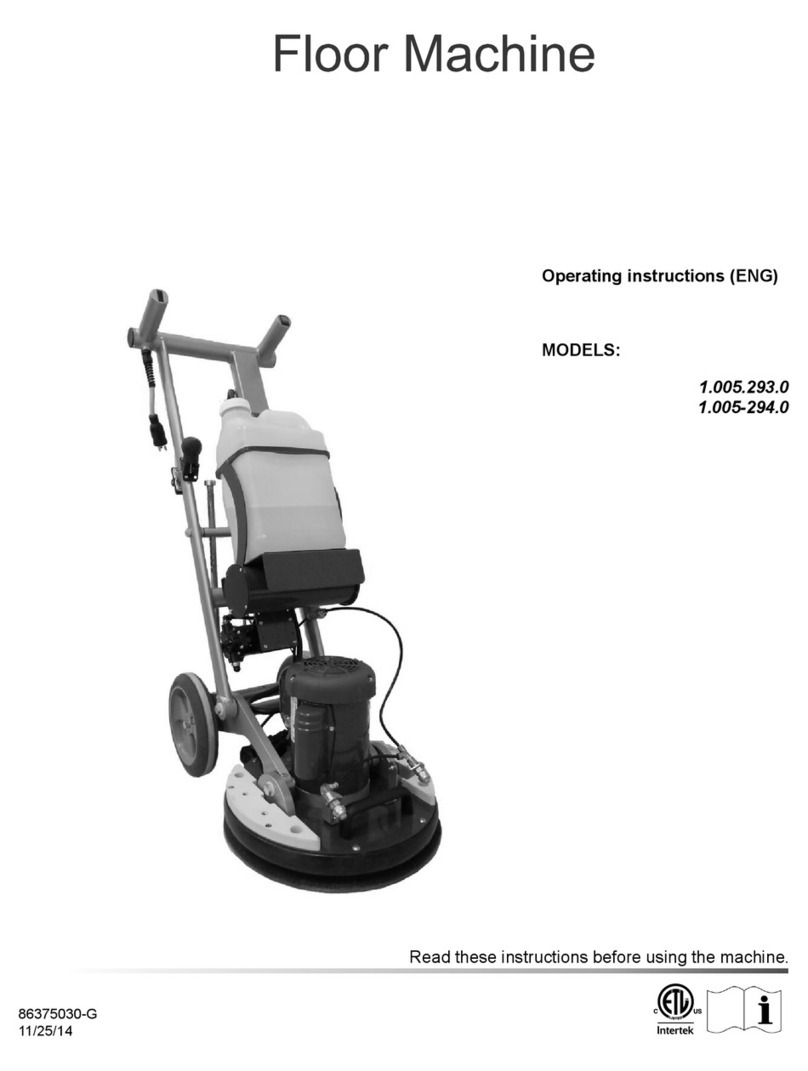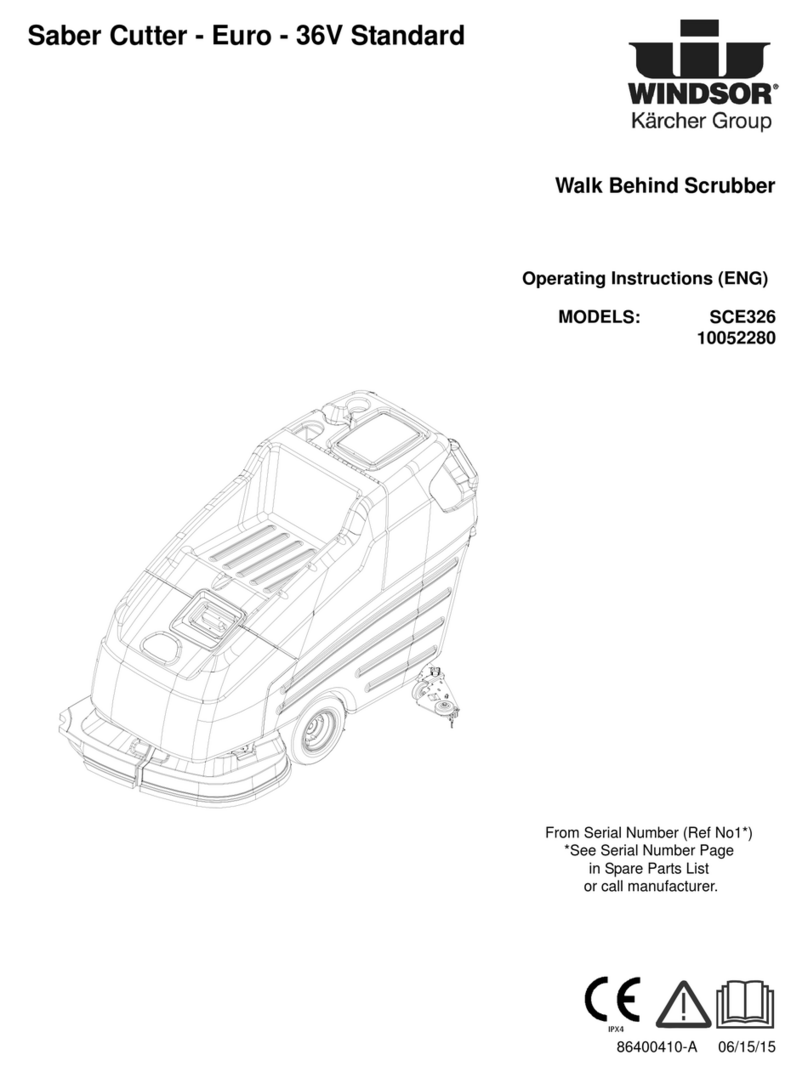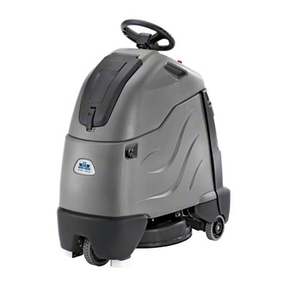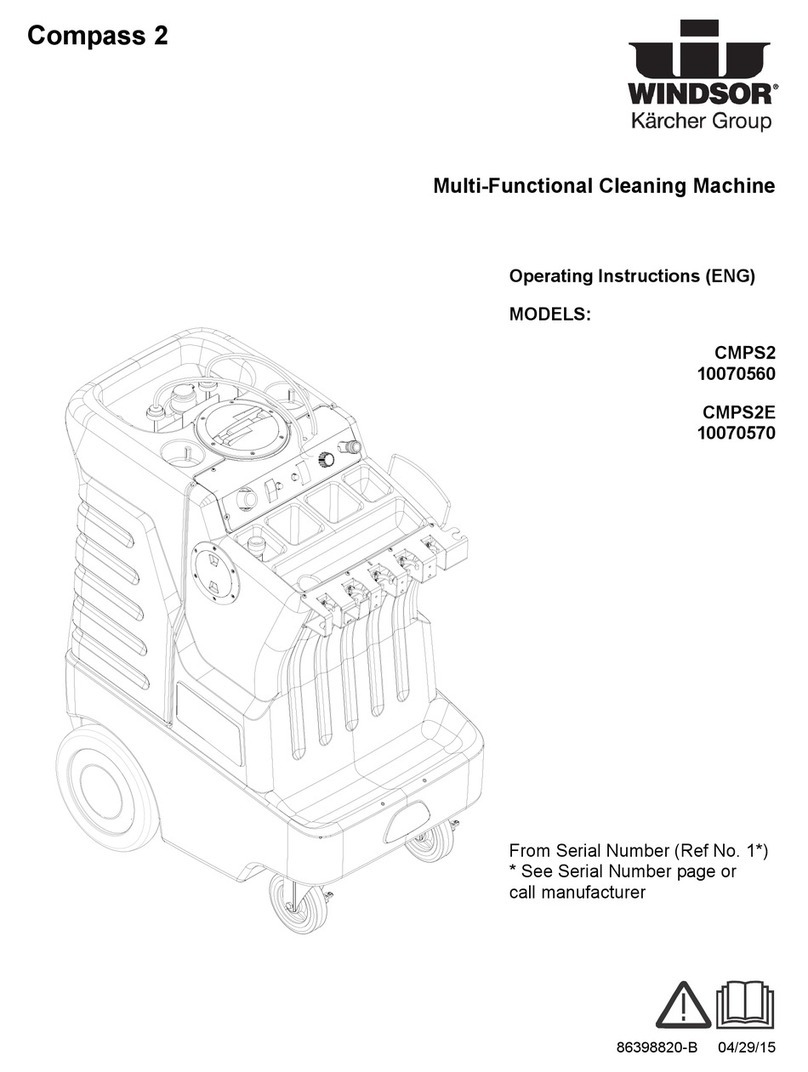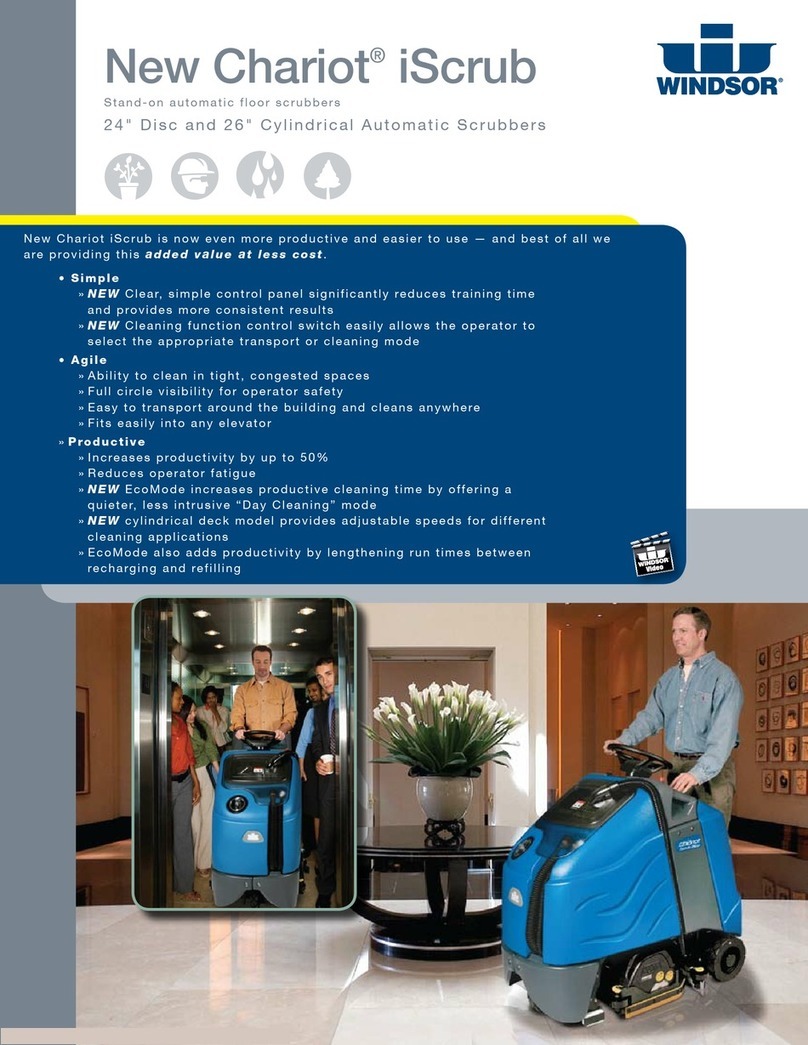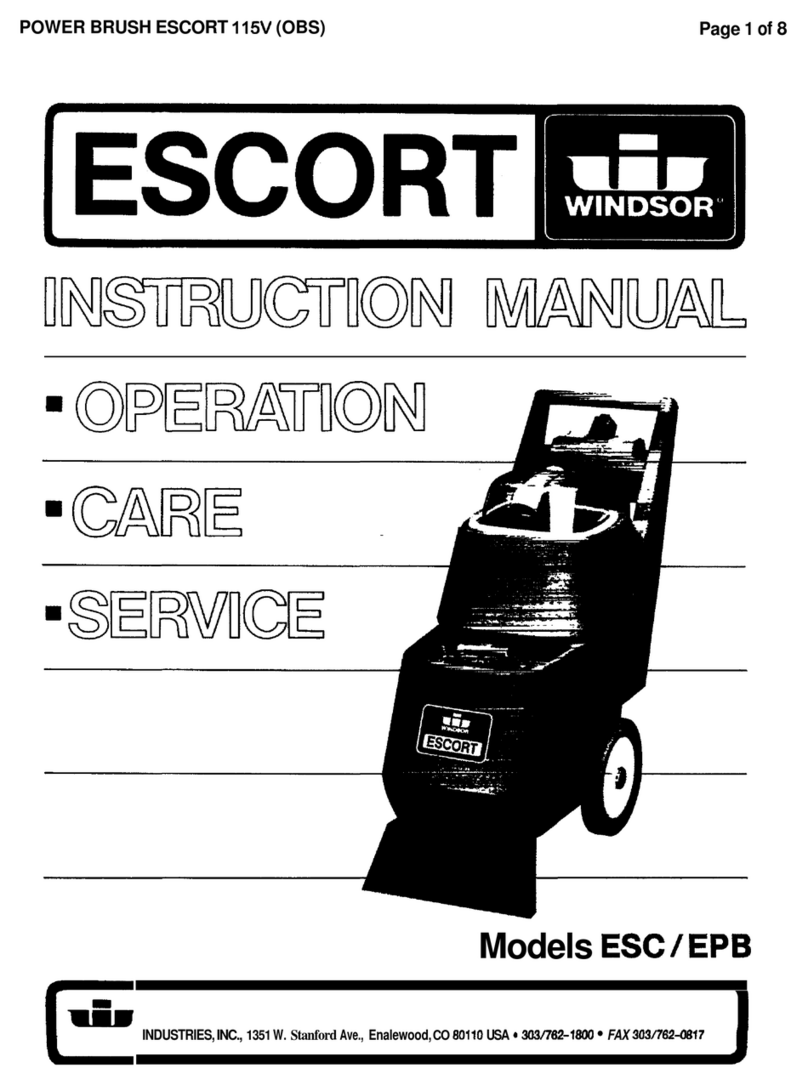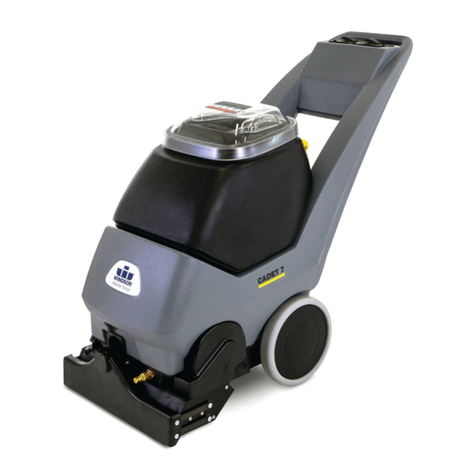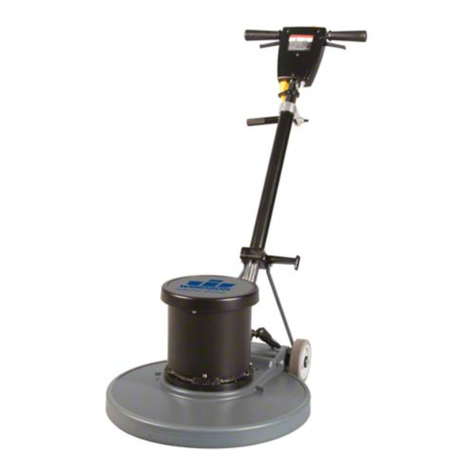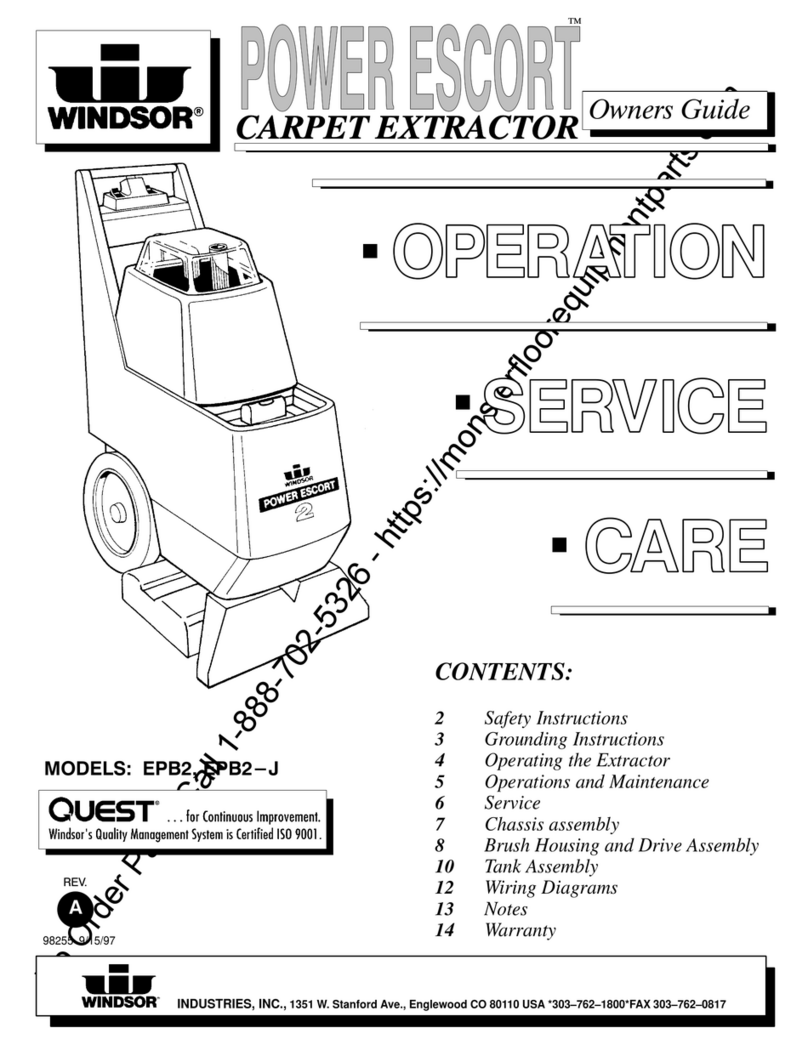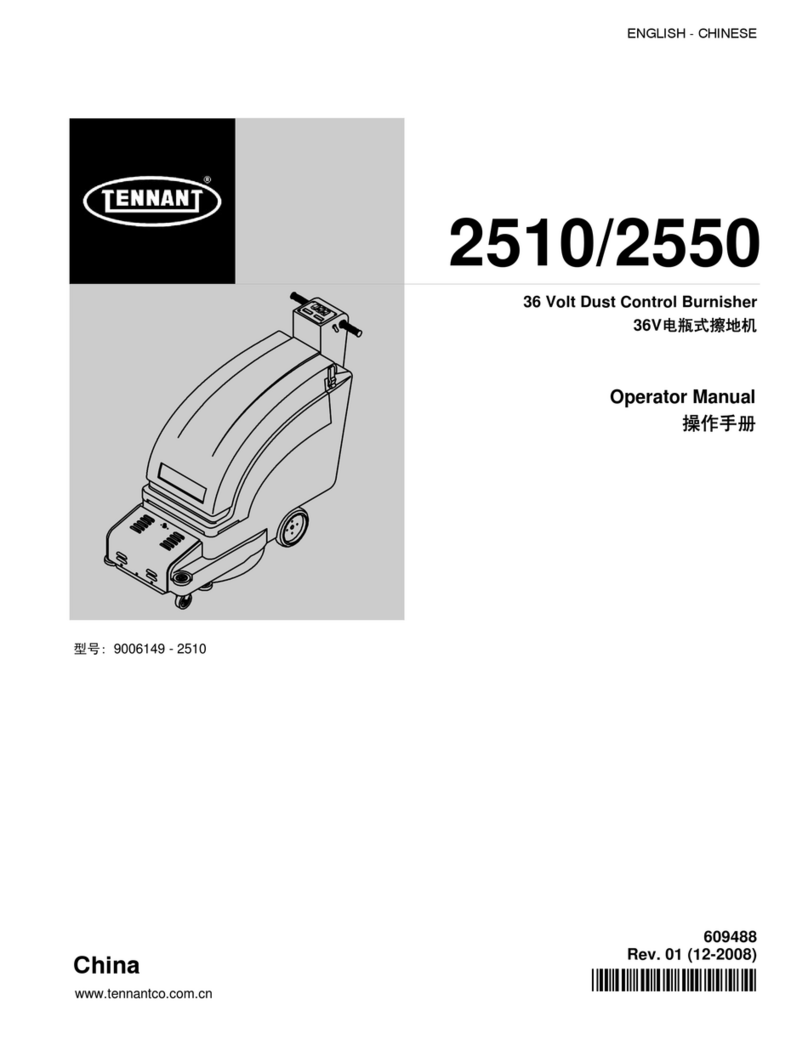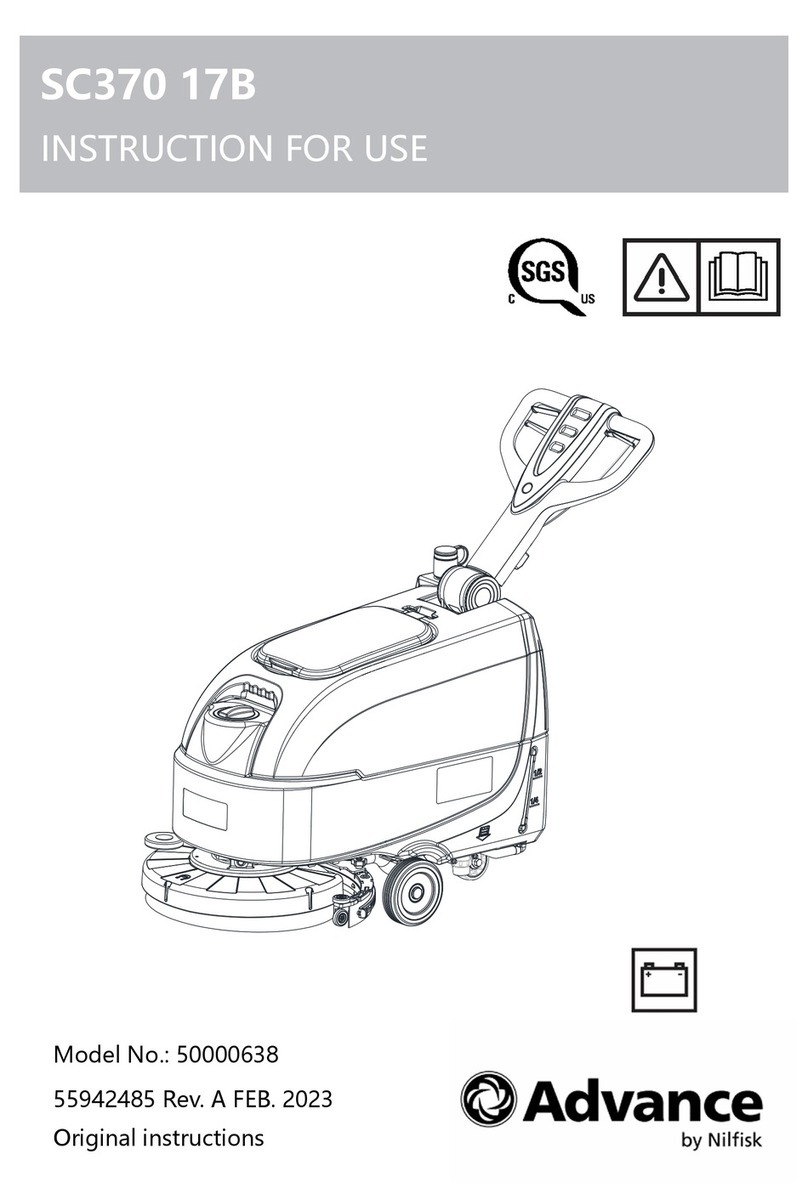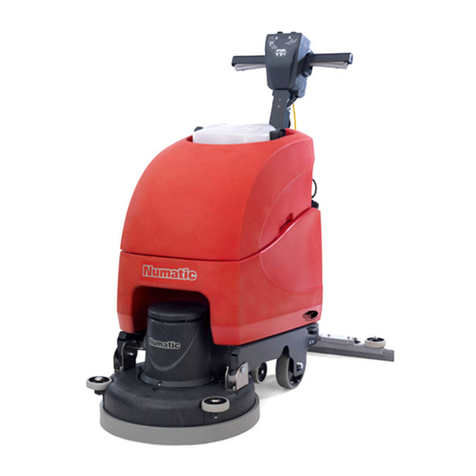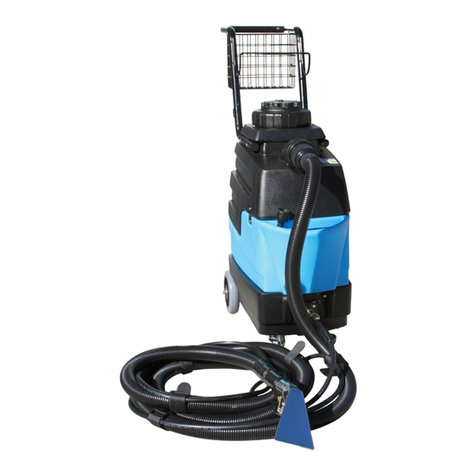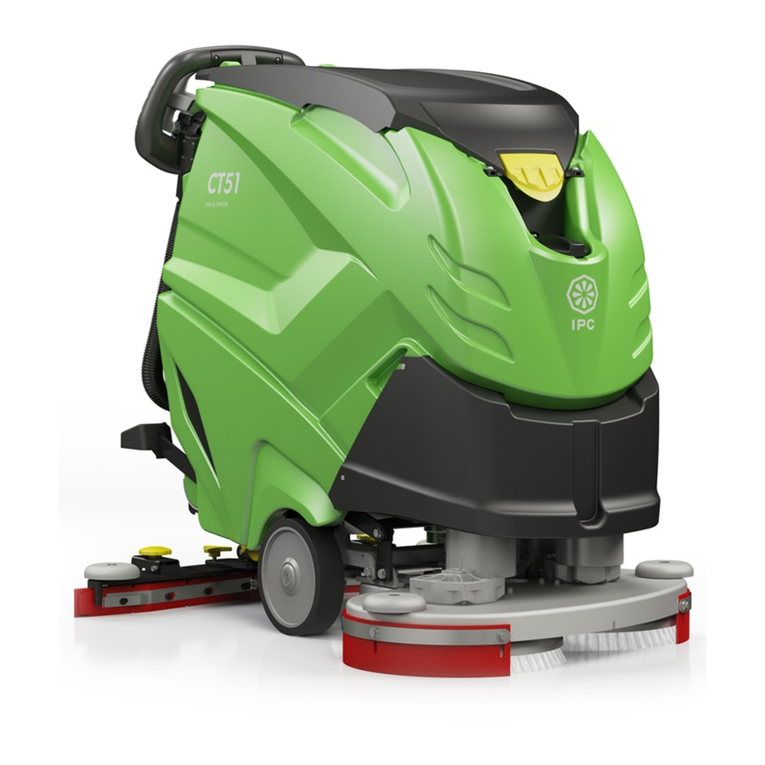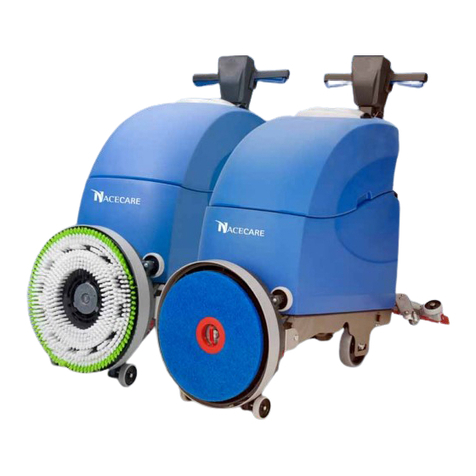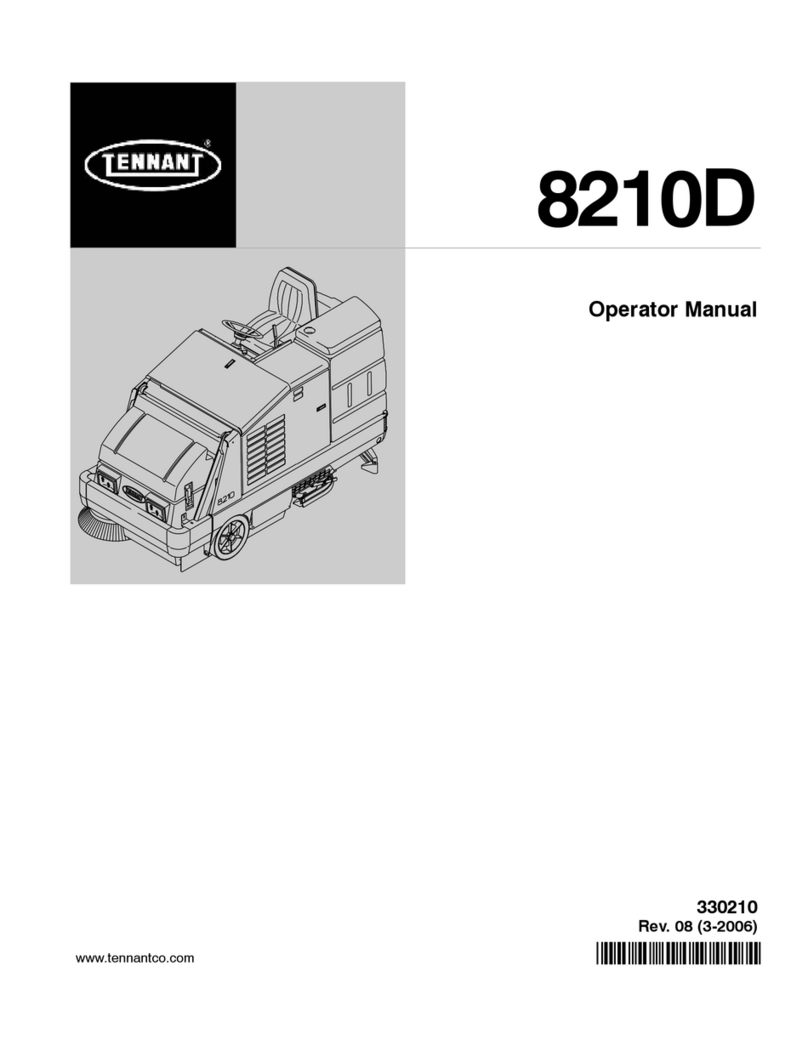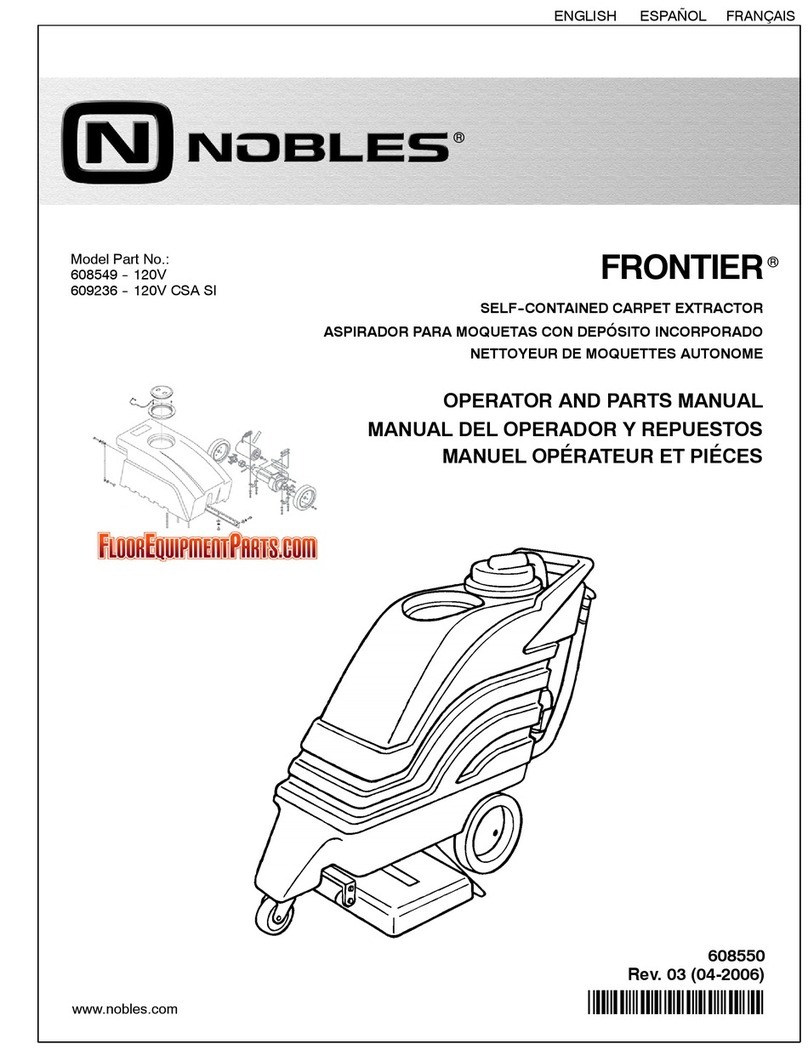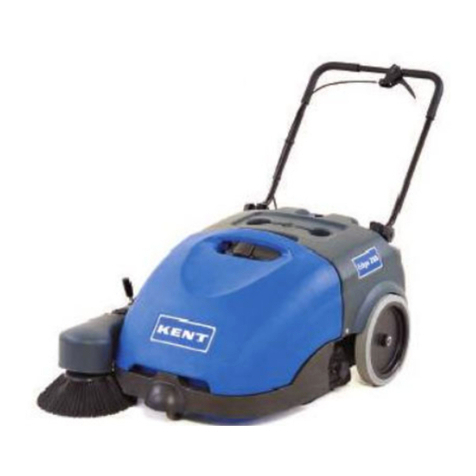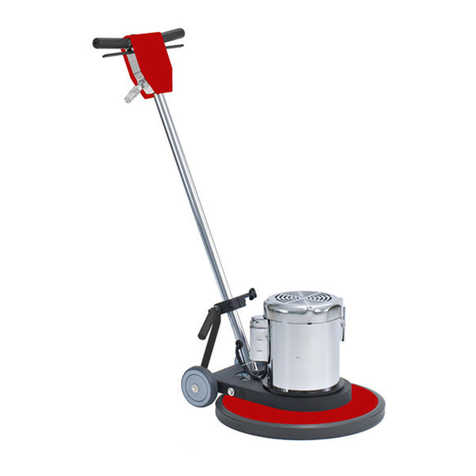English 3
Only trained and authorized persons shall
be permitted to operate a powered unit. Op-
erators of powered units shall be qualified
as to visual, auditory, physical, and mental
ability to operate the equipment safely ac-
cording to the following points.
Personnel who have not been trained to op-
erate powered units may operate a unit for
the purposes of training only, and only un-
derthedirectsupervisionofthetrainer.This
training should be conducted in an area
away from other units, obstacles, and pe-
destrians.
The operator training program should in-
clude the user’s policies for the site where
the trainee will operate the unit, the operat-
ing conditions for that location, and the spe-
cific unit the trainee will operate. The
training program shall be presented to all
new operators regardless of previous expe-
rience.
The training program shall inform the train-
ee that:
The primary responsibility of the operator is
to use the unit safely following the instruc-
tions given in the training program.
The training program shall emphasize safe
and proper operation to avoid injury to the
operator and others and prevent property
damage, and shall cover the following ar-
eas:
A Fundamentals of the powered units(s)
the trainee will operate, including:
(1) characteristics of the powered
unit(s), including varations between the
units in the workplace;
(2) similarities and differences from au-
tomobiles;
(3) significance of nameplate data,
warnings, andinstructions affixed to the
unit;
(4) operating instructions and warnings
in the operating manual for the unit, and
instructions for inspection and mainte-
nance to be performed by the operator;
(5) type of motive power and its charac-
teristics;
(6) method of steering;
(7) braking method and characteristics;
(8) visibility, forward and reverse;
(9) stability characteristics with and
without load, with and without attach-
ments;
(10) controls-location, function, method
of operation, identification of symbols;
(11) battery charging;
(12) guards and protective devices for
the specific type of unit;
(13) other characteristics of the specific
unit;
B Operating environment and its effect on
unit operation, including:
(1) floor or ground conditions including
temporary conditions;
(2) ramps and inclines;
(3) battery charging facilities;
(4) narrow aisles, doorways, overhead
wires and piping, and other areas of lim-
ited clearance;
(5) areas where the unit may be operat-
ed near other powered units, other vehi-
cles, or pedestrians;
(6) operation near edge of dock or edge
of improved surface;
(7) other special operating conditions
and hazards which may be encoun-
tered.
C Operation of the powered unit, includ-
ing:
(1) proper preshift inspection and ap-
proved method for removing from ser-
vice a unit which is in need repair;
(2) parking and shutdown procedures;
(3) other special operating conditions
for the specific application.
D Operating safety rules and practices, in-
cluding:
(1) provisions of the section „OPERAT-
ING SAFETY RULES AND PRACTIC-
ES“ in this document.
(2) other rules, regulations, or practices
specifiedbytheemployeratthelocation
where the unit will be used.
E Operational training practice, including:
(1) if feasible, practice in the operation
of a powered unit shall be conducted in
an area separate from other workplace
activities and personnel:
(2) training practice shall be conducted
under the supervision of the trainer;
(3) training practice shall include the ac-
tualoperationorsimulatedperformance
of all operating tasks such as maneu-
vering, traveling, stopping, starting, and
other activities under the conditions
which will be encountered in the use of
the unit.
Safe operation is in the responsibility of the
operator.
The operator shall develop safe working
habits and also be aware of hazardous con-
ditions in order to protect himself, other per-
sonnel, the unit, and other material.
The operator shall be familiar with the oper-
ation and function of all controls and instru-
ments before undertaking to operate the
unit.
Before operating the unit, operators shall
have read and be familiar with the opera-
tor’s manual for the particular unit being op-
erated and they shall also abide by the
safety rules and practices in the following
paragraphs.
Before operating any unit, the operator
shall be familiar with unusual operating
conditions which may require additional
safety precautions or special operating in-
structions.
Before starting to operate the unit:
A be in operating position;
B place directional controls in neutral;
C turn switch to ON position.
Do not start or operate the unit, any of its
functions or attachments, from any place
other than from the designated operator’s
position.
Keep hands and feet inside the operator’s
designated area.
Understand unit limitations and operate the
unit in a safe manner so as not to cause in-
jury to personnel. Safeguard pedestrians at
all times.
A Do not drive a unit up to anyone stand-
ing in front of an object.
B Ensure that personnel stand clear of
rearswing area before conductingturns
and maneuvers.
C Exercise particular care at cross aisles,
doorways, and other locations where
pedestrians may step into the path of
travel of the unit.
Before leaving the operator’s position:
A bring the unit to a complete stop;
B place the directional controls in neutral;
C apply the parking brake;
In addition, when leaving the unit unattend-
ed:
A stop the engine or turn off the controls;
B if the unit must be on an incline, block
the wheels.
Maintain a safe distance from the edge of
ramps, platforms, and other similar working
surfaces.
When powered units are driven on and off
highwaytrucksor trailers,thebrakeson the
highway trucks or trailers shall be applied
and wheel chocks or other positive me-
chanical means shall be used to prevent
unintentional movement of highway trucks
and trailers.
When powered units are driven on and off
semitrailers that are not coupled to a trac-
tor, supports may be needed to prevent up-
ending or corner dipping.
Report all accidents involving personnel,
building structures, and equipment to the
supervisor or as directed.
Do not add to, or modify the unit.
Do not block access to fire aisles, stairways
or fire equipment.
Observe all traffic regulations including au-
thorized plant speed limits. Under normal
trafficconditions, keep to the right.Maintain
a safe distance, based on speed of travel,
from the unit ahead; keep the unit under
control all times.
Yield the right of way to pedestrians and
emergency vehicles such as ambulances
and fire trucks.
Do not pass another unit traveling in the
same direction at intersections, blind spots,
or at other dangerous locations.
Operator Qualifications
Operator Training
OPERATINGSAFETYRULES
AND PRACTICES
Operator Responsibility
General
Traveling
